Part III – What’s holding you back?
To Make Your Business More Efficient, Think of it as a System
Part III – What’s holding you back?
In most companies, it’s only one thing. There’s one thing that’s holding you back from more efficiency, more production, and more profit. Every part of your business could perform better if this one thing were improved, and systems thinking can help you figure out what that one thing is and how to fix it.
There’s one particular model we like to apply in the systems thinking approach for service industry businesses, and it is called the Theory of Constraints (TOC).
What is the TOC?
Developed by an Israeli physicist, the TOC is a powerful conceptual model that gained its fame in the manufacturing industry. We recommend it to our clients because it has three specific advantages over other models.
- The TOC is universal(ish) – The TOC can be applied broadly and isn’t specific to one industry or production model. It’s said that the TOC was first developed to improve chicken farming, so you can use it in just about any kind of business.
- The TOC is prescriptive – It offers some great tools to help you improve your operations and provides step by step progressions for how to approach a problem.
- You don’t need a trainer, a coach or a huge team to apply basic TOC concepts productively. So the TOC can be used in small businesses and can even be applied by one person.
The TOC model:
- The TOC asserts that any enterprise has few real constraints, at most, a handful. And the first order of business is to identify them. They can be:
- Physical Constraints – Supply, staffing, etc…
- Market Constraints – Insufficient demand.
- Policy Constraints – Poor methods, mindsets or measurement techniques.
Policy Constraints and the Service Industry
In a traditional application of TOC like a manufacturing plant, most constraints are policy-based, meaning that the procedures or prioritization of work is often to blame. But we believe that the labor-intensive nature of service industry businesses means most policy constraints get ironed out pretty quickly just in order to succeed.
Simply put, if you run a successful service industry business, you’ve already solved many of these issues, and they’re probably not the biggest challenge you’re facing. It’s much more likely that your service industry business is affected by Physical and Market Constraints, and this is almost ensured by one unavoidable factor… Seasonality:
Physical Constraints and Seasonality
Quite simply, the glut of seasonal work you’ll likely receive in the Spring (for the Green industry), Summer (for the Asphalt industry) or Winter (for the Snow Removal industry) requires you to staff up to meet demand. During that extremely busy season (The 100 days of hell as one longtime landscape industry professional puts it), you will still be faced with a Physical constraint caused by a lack of extra equipment, the unavailability of more workforce, the unreliability of the weather and the uneven nature of demand.
We believe many service industry businesses focus on this busy season and might say that their biggest constraint is capacity… a Physical constraint. This is a natural conclusion. Many of our customers are execution machines who spend their lives getting things done, and who can’t stand the idea of having more work than they can possibly do. But is that the right point of view?
Market Constraints and Seasonality:
Once the busy season activity wanes, you’re left with excess capacity for the work you have left to do. Many businesses deal with this constraint by cutting their workforce, limiting working hours, or diversifying into other types of work. Others cut their prices to stay busy or take on less-desirable projects in the offseason.
None of these are ideal solutions, but they are often the reality.
Why Identification is Important
By framing possible constraints into these three categories, it might become easier to separate the systemic challenges your business faces into manageable problems that you can take steps to fix.
Once You Identify the Constraint
Hopefully you are able to devote some time to determine what is specifically constraining your company from more growth. Is the biggest challenge a capacity issue? Is it a staffing challenge? Is it a lack of sales? Once you’ve made a decision about what constraint you’re going to try to address, the next step is to use the TOC’s prescriptive, 5-step Focusing Process
The 5-Step Focusing Process
- The Five Step focusing process to improve system performance is based on two simple premises of TOC:
- The goal of the enterprise is to make more money, now and in the future
- The system’s constraints prevent it from making more money
The 5-step focusing process:
- Step 1 –> Identify the System’s Constraint(s)
- Step 2 –> Decide how to Exploit the System’s Constraint(s)
- Step 3 –> Subordinate Everything Else to that Decision
- Step 4 –> Elevate the System’s Constraints
- Step 5 –> If a Constraint Was Broken In a Previous Step, Go Back to Step 1
This is one of the primary tenants of Systems thinking and the Theory of Constraints…
So What Constraint Should you Work On?
The answer will be a little different for every company. But for many of our customers, the seasonality of their businesses MIGHT mean that a market constraint is the one thing holding them back. Here’s an example of how the 5-step process might play out for a company with this issue:
Step 1 –> Identify the System’s Constraint(s)
If you have 13 weeks where you’re limited by a lack of capacity, followed by 39 weeks where your business has access to more labor than you can put to work, wouldn’t it be fair to say that the bigger problem (And the one you should work on first) is a Market Constraint?
Step 2 –> Decide how to Exploit the System’s Constraint(s)
If a Market constraint is the one thing holding you back, is the best solution to focus on building more demand outside of your peak season? For example, what could you do to extend that busiest season from 13 weeks to 16 weeks? Or what if you could drive off-peak sales up by 10%? Set an exploitation goal and strive to reach it.
Step 3 –> Subordinate Everything Else to that Decision
Once you reach a certain point in your season, the one thing you need to focus ALL your company’s available resources on is making sales to keep demand high for your crews’ work. Shift responsibilities as necessary, defer “Nice to have” concerns, and drive toward the single goal of building more demand.
Step 4 –> Elevate the System’s Constraints
If you add another salesperson, could you drive more work for your teams? What if you focus your team leaders on selling add-on work to existing clients instead of working on production? Or maybe you could bring in some moderately-priced office staff, so you can focus more of your time on connecting with clients and making sales yourself?
Step 5 –> If a Constraint Was Broken In a Previous Step, Go Back to Step 1
By “Breaking” the constraint, you’ve fixed it to the point where it’s no longer the weakest link in your business. Repeat as necessary
More Resources:
There are lots of resources out there that can help you apply an advanced systems thinking model like the Theory of Constraints to your business. We advocate keeping it simple, since the greatest power of most of these techniques is in their simplicity and because the greatest benefit you’ll receive is from addressing the big problems first.
You can read more about TOC in many places including:
- https://en.wikipedia.org/wiki/Theory_of_constraints
- http://www.leanproduction.com/theory-of-constraints.html
- http://www.tocinstitute.org/five-focusing-steps.html
And of course, we advocate the use of Go iLawn and Go iPave. Give them a try as a means to help you bid, sell, and serve your clients more efficiently.
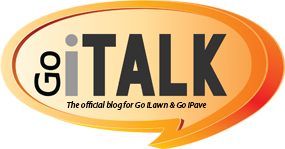

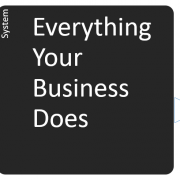
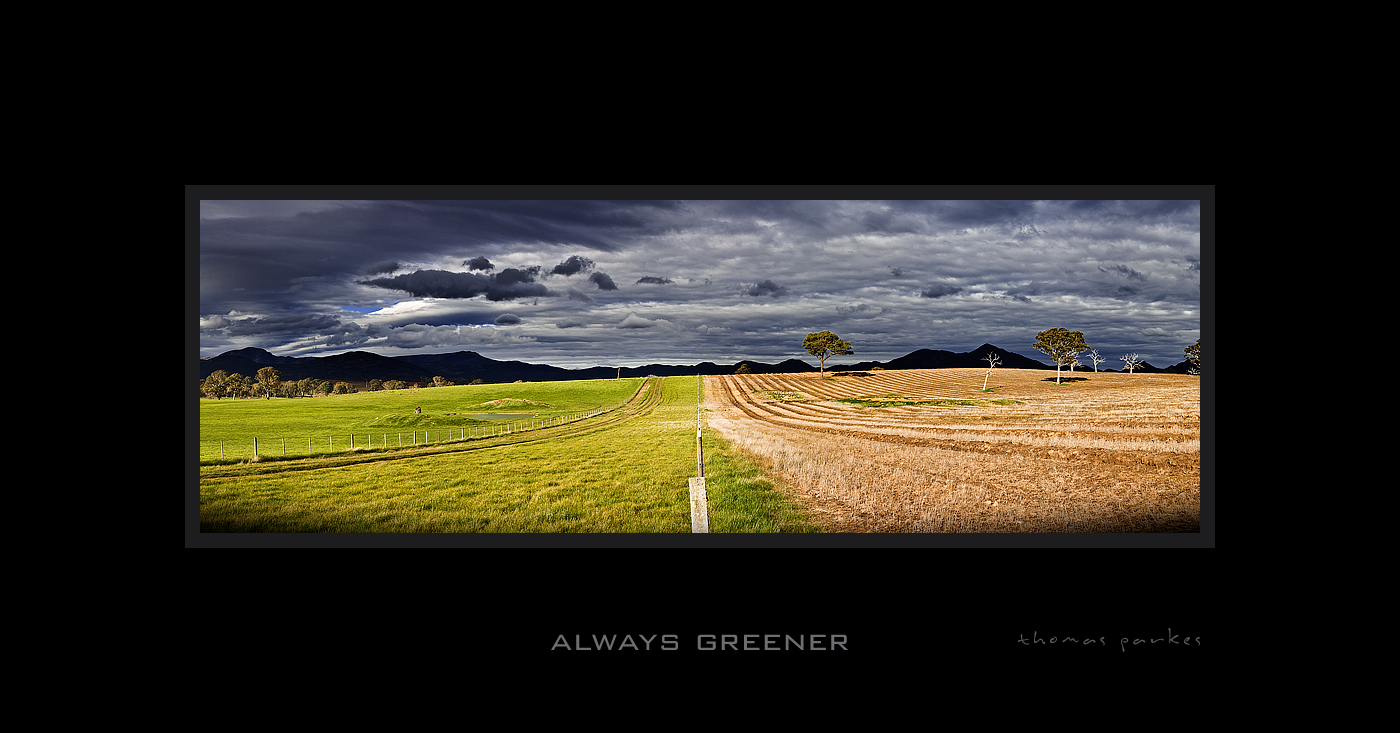
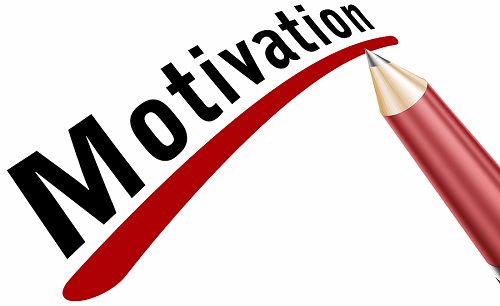

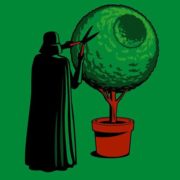



Leave a Reply
Want to join the discussion?Feel free to contribute!